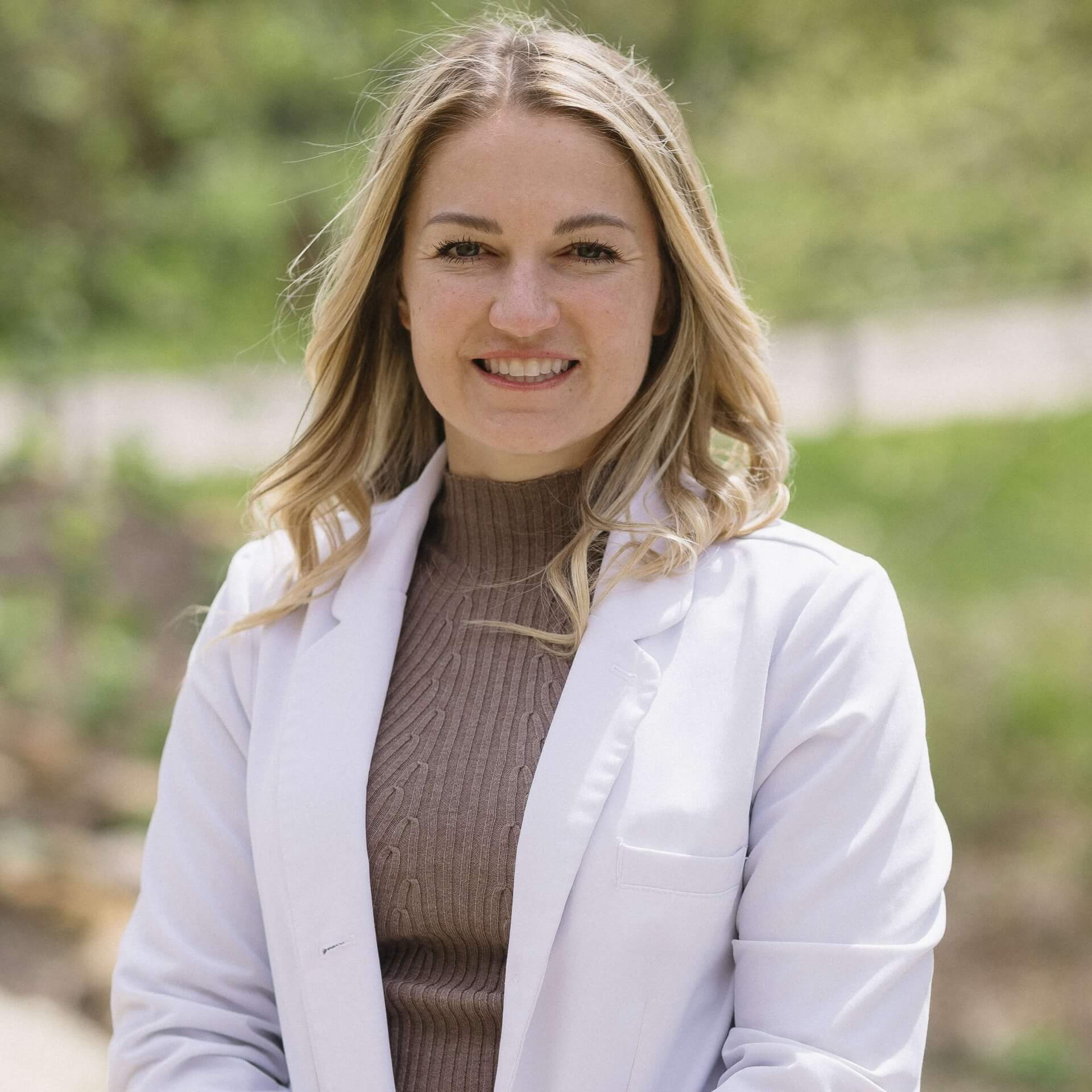Dental services in Danville, IN for every smile, from toddlers to grandparents—all under one roof.
Your One-Stop Family Dental Services in Danville
Danville Family Dentistry welcomes patients of all ages. Our team creates a warm, welcoming environment where everyone feels respected and at ease.
We focus on anxiety-free care, with gentle, personalized treatments and friendly staff. During your visit, we work together for a comfortable experience.
With advanced technology and a commitment to top-tier care, we strive to ensure that every visit leaves you feeling confident about your oral health. At Danville Family Dentistry, we’re here to help you achieve your healthiest smile.

Danville Family Dentistry welcomes everyone regardless of age or experience with a smile, or two.

6 Month Smiles is a cosmetic braces solution that focuses on the teeth that show when you smile. Designed to gently straighten your teeth in as little as 6 months.

Danville Family Dentistry offers Invisalign® clear aligners, a discreet alternative that straightens your teeth without metal wires. You can enjoy the freedom to eat and smile confidently with this advanced orthodontic solution.

Rediscover a dazzling smile with dental crowns and reveal your inner radiance. Dental crowns not only restore your smile’s beauty but also protect vulnerable teeth and optimize your bite.

Show how you feel on the inside with a vibrant, youthful look. Botox treatments can help you achieve a rejuvenated appearance by reducing wrinkles and fine lines for a more natural-looking you.
Our Full List of Comprehensive Dental Services in Danville, IN
Welcoming patients of all ages and backgrounds, we provide personalized dental services for families, ensuring comfort and oral health for everyone.
Offering general, cosmetic, and restorative care, we address all your dental needs and more in one convenient, patient-centered practice.
Experience a warm, down-to-earth environment designed to put every patient at ease, whether you’re visiting for a routine check-up or more.
We provide flexible payment options, including cash, credit, insurance claims assistance, and online payments, and if that’s not enough, we have a Smile Savings Plan.